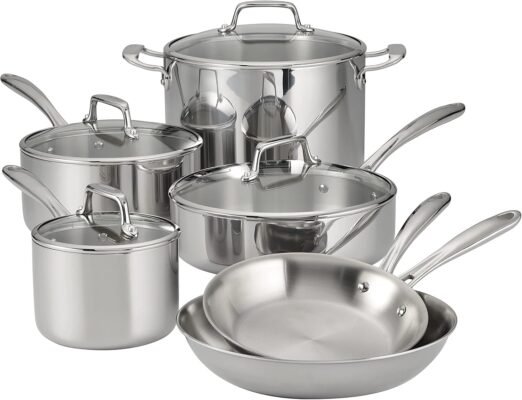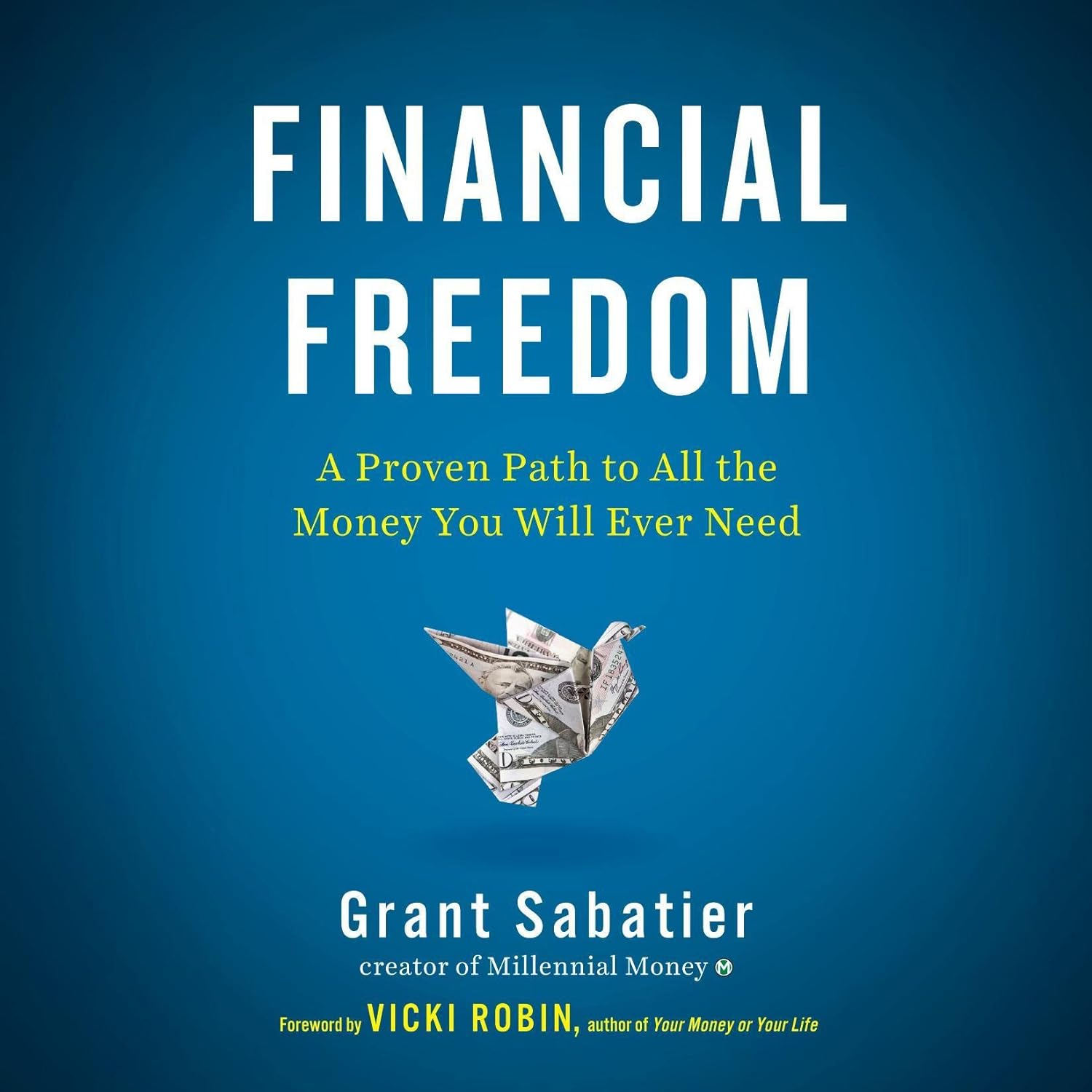Life is full of unexpected events—some good, some bad. While you can’t predict every financial emergency, you can prepare for them. That’s where an emergency fund comes in. Having a financial safety net can help you avoid debt and reduce stress when faced with unforeseen expenses.
Table of Contents
- 1. What Is an Emergency Fund?
- 2. Why You Need an Emergency Fund
- 3. How Much Should You Save?
- 4. Where to Keep Your Emergency Fund
- 5. How to Build an Emergency Fund
- 7. When to Use Your Emergency Fund
- 8. Common Mistakes to Avoid
- 9. Conclusion
1. What Is an Emergency Fund?
An emergency fund is a dedicated savings account set aside for unexpected expenses. These expenses could include medical emergencies, car repairs, job loss, or urgent home repairs. The primary goal of an emergency fund is to provide financial security so you don’t have to rely on credit cards or loans when life throws a curveball.
2. Why You Need an Emergency Fund
Without an emergency fund, even a small unexpected expense can derail your finances. Here are a few key reasons why having one is essential:
- Avoid Debt: Without savings, you might rely on high-interest credit cards or loans.
- Peace of Mind: Knowing you have a safety net reduces financial stress.
- Financial Stability: Emergency funds help maintain your financial well-being in uncertain times. It’s a comforting feeling when you can pad a big emergency; making the emergency not feel as detrimental as it could be.
- Flexibility in Crisis: If you lose your job, an emergency fund can give you time to find new employment without immediate financial strain. I feel this is an especially important bullet point at this time as a reason to build an emergency fund. Political climate, ageism as an older adult, etc…
3. How Much Should You Save?
The ideal amount for an emergency fund depends on your personal situation. Here’s a general guideline:
- Beginners: Start with $1,000 to cover minor emergencies. Take your spare change and toss it in the emergency fund.
- Basic Fund: Aim for three months’ worth of essential expenses. Despite my income success, my saving challenged brain is still aiming for this goal. I hope to graduate to 3-6 months of savings this year. Come save with me!
- Comprehensive Fund: Save six to twelve months of living expenses for maximum security, especially if you have a variable income or dependents.
4. Where to Keep Your Emergency Fund
Your emergency fund should be easily accessible but not too easy to spend. Here are the best options:
- High-Yield Savings Account: Earns interest while keeping your money liquid. A traditional savings account only pays 0.41% APY on average. With a HYSA, you can earn on average 3.6%+.
- Money Market Account: Offers higher interest rates than traditional savings accounts. At the time of this post, Fidelity’s SPAXX Money Market is earning 4.00% Yield.
- Separate Bank Account: Helps prevent temptation to spend. I literally keep my emergency fund (EF) at a separate financial institution, away from all my other accounts to keep me from tempting to use it and I lose the password. It’s working so far. Otherwise, I am extremely savings challenged.
- Cash (for Small Emergencies): Keeping a small amount at home can be useful for immediate needs.
5. How to Build an Emergency Fund
Building an emergency fund takes time and consistency. Follow these steps to get started:
- Set a Goal: Determine how much you need.
- Start Small: Even saving $10 or $20 per week can add up.
- Automate Savings: Set up automatic transfers to your emergency fund. This is a gold step for me.
- Cut Unnecessary Expenses: Reduce discretionary spending to save more. Budget, budget, budget!
- Use Windfalls Wisely: Allocate bonuses, tax refunds, or side hustle income to your fund.
- Monitor and Adjust: Regularly review your savings progress.
7. When to Use Your Emergency Fund
Only use your emergency fund for true emergencies, such as:
- Medical bills not covered by insurance
- Unexpected job loss
- Urgent car or home repairs
- Family emergencies
Avoid using it for non-essential expenses like vacations, shopping, or minor inconveniences. Non-essential expenses can be covered with a Sinking Fund.
8. Common Mistakes to Avoid
Many people make mistakes when managing their emergency funds. Here’s what to watch out for:
- Not Saving Enough: Aim for at least three to six months of expenses.
- Keeping It in the Wrong Place: Avoid investing it in stocks or keeping it in a checking account where it’s too easy to spend.
- Using It for Non-Emergencies: Stick to true financial emergencies.
- Not Replenishing It: If you use it, make rebuilding a priority. I have a monthly contribution automatically taken from my paycheck, funding my Vanguard HYSA. That way I don’t see it and I don’t feel the pinch too much.
9. Conclusion
An emergency fund is a crucial part of financial security. It protects you from financial hardship, reduces stress, and helps you stay out of debt. Start building your emergency fund today, even if you can only save a little at a time. Over time, you’ll create a financial cushion that gives you peace of mind and stability in uncertain times.
How much are you planning to save? What are your concrete steps for reaching that goal?



Leave a Reply